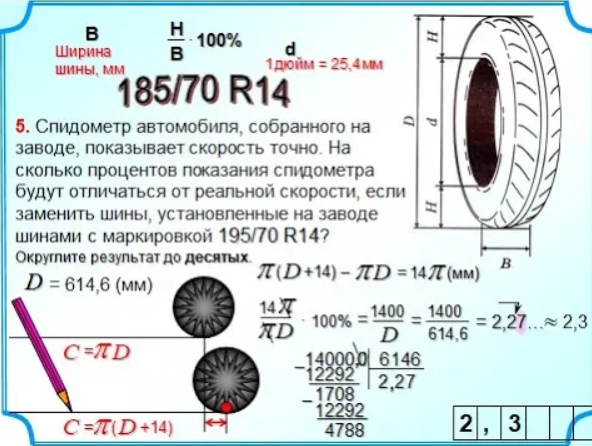At first glance, you look at the sidewall of your tire and think, “’Do I need a super secret decoder ring to read this?” In addition to the model name of the tire there is a series of numbers that at first, you don’t deem important. However, these numbers are extremely helpful, especially when it’s time to replace your tires. Here’s a quick breakdown to help you decipher one of the best kept secrets in the automotive world.
TIRE SIZE
Example: P225/50/R17 98H
P identifies your tire as a Passenger Tire. The P stands for PMetric. If your tire size starts with LT rather than a P than it identifies the tire as a Light Truck tire.
225 identifies the tire section width, which is the measurement of the tire from sidewall to sidewall in millimeters. This measurement varies depending on the rim to which it is fitted.
(There are 25.4 millimeters per 1 inch. )
50 is the two-figure aspect ratio. This percentage compares the tire's section height with the tire's section width. For example, this aspect ratio of 50 means that the tire's section height is 50% of the tire's section width.
R indicates the construction used within the tires casing. R stands for radial construction. B means belted bias and D stands for diagonal bias construction.
17 The last dimension listed in the size is the diameter of the wheel rim, which is most often measured in inches.
LOAD INDEX AND SPEED RATING
Example: P225/50/R17 98H
The load index and speed rating, or service description, are the numbers that follow the tire size.
The load index tells you how much weight the tire can support when properly inflated. Load indices range from 75 - 105 for passenger tires, with each numeric value corresponding to a certain carrying capacity.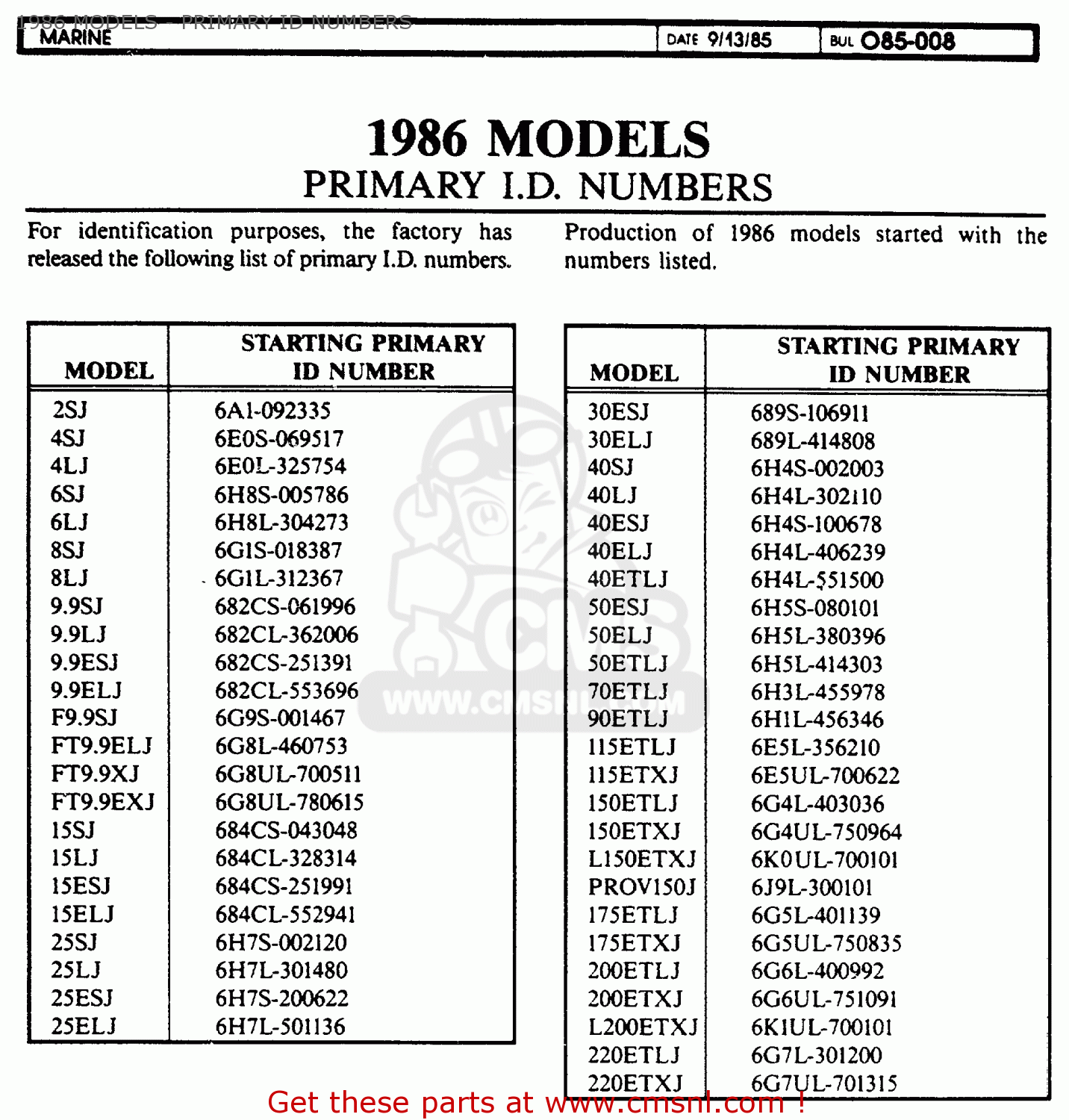 The carrying capacity for each value can be found on a load index chart. On each U.S. passenger car tire, the load limit is listed in pounds. European tires have the load limit listed in kilograms and sometimes pounds.
The carrying capacity for each value can be found on a load index chart. On each U.S. passenger car tire, the load limit is listed in pounds. European tires have the load limit listed in kilograms and sometimes pounds.
H Speed ratings are represented by letters ranging from A to Z. Each letter coincides to the maximum speed a tire can sustain under its recommended load capacity. For instance, S is equivalent to a maximum speed of 112 mph. Even though a tire can perform at this speed, Continental Tire does not advocate exceeding legal speed limits.
Rating | Maximum Speed |
Q | 100 MPH |
S | 112 MPH |
T | 118 MPH |
U | 124 MPH |
H | 130 MPH |
V | 149 MPH |
W |
168 MPH |
Y | 186 MPH |
Z | Over 149 MPH |
DOT Serial Number
The "DOT" symbol certifies the tire manufacturer's compliance with the U. S. Department of Transportation (DOT) tire safety standards. Tires made in the United States have the DOT serial number located on the inside sidewall near the rim.
S. Department of Transportation (DOT) tire safety standards. Tires made in the United States have the DOT serial number located on the inside sidewall near the rim.
Below is a description of the serial number. Starting with the year 2000, four numbers are used for the Date of Manufactuer, first two numbers identify the week and the last two numbers identify the year of manufacture.
Prior to year 2000 three numbers are used for the date of manufacture, first two numbers identify the week and the last number identifies the year of manufacture. To identify tires manufactured in the 90s, a decade symbol (a triangle on its side) is located at the end of the DOT serial number.
Home > Company > Tire Safety > Choosing Tires > Determining Tire Size
Once you have determined it’s time to buy tires, you’ll need to know what size tires are correct for your vehicle. Depending on what you drive, you may be interested in how to find the right tire for your…
Depending on what you drive, you may be interested in how to find the right tire for your…
This information is usually inside your car’s doorjamb, in your owner’s manual. To ensure your current tire or a replacement tire you may be looking at matches your vehicle’s requirements, it will be good for you to understand how tire sizing works. You may have never paid attention to the string of numbers and letters on every tire, but it’s a gold mine of information.
If you’re unsure of how to read tire measurements from your tire walls, the information and graphics below will tell you how to read tire size, understand and interpret it. If you decide you want to substitute a new size or tire type, consult an authorized tire retailer who can expertly advise you, because many optional tire sizes may have different load capacities and could require wheels of a different rim width or diameter and different inflation pressure.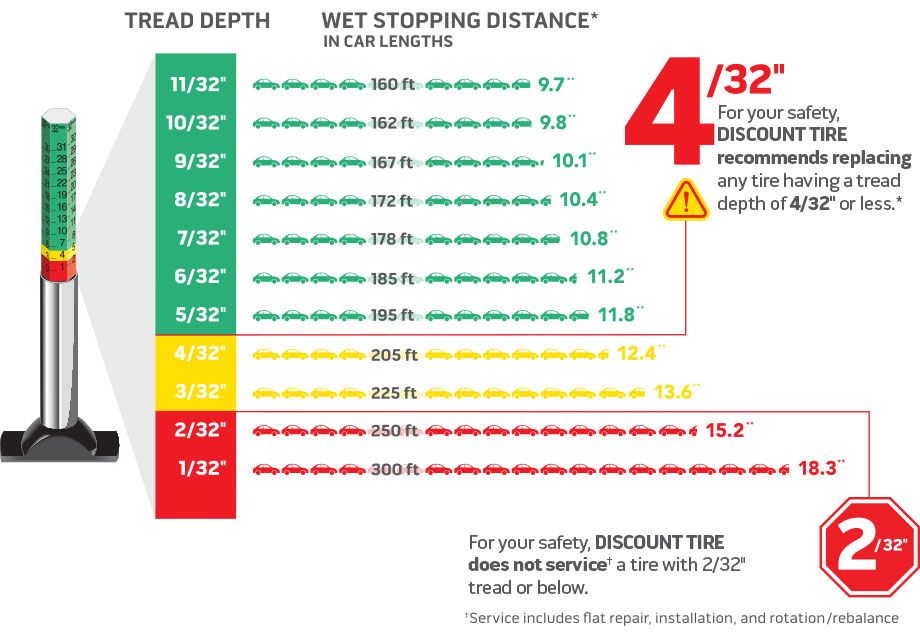
Not sure you need new tires? Our Tire Replacement Guidance article will help you determine whether it’s time to retire your tires.
Most passenger cars, SUVs and light pickups (1/2 ton and smaller) will come with tires that are either P-Metric or Euro-Metric. For P-Metric tires, you’ll see the letter “P” before the number sequence begins: P225/70R16 97H. P-metric is a designation standardized by the Tire and Rim Association for a “passenger car” tire type. For Euro-Metric there will be no preceding letter before the number sequence begins: 225/70R16 98H. Euro-Metric is a designation standardized by the European Tyre and Rim Technical Organization for a “passenger car” tire type. Both P-Metric and Euro-Metric size tires are designed to primarily be used on passenger vehicles, which can include cars, minivans, SUVs, and other light duty pickup trucks.
If your vehicle is an SUV, Pickup truck or van, you might see a different type of size designation on your placard that is specific for heavy duty light trucks and vans, especially common on ¾ ton and larger pickup trucks and vans.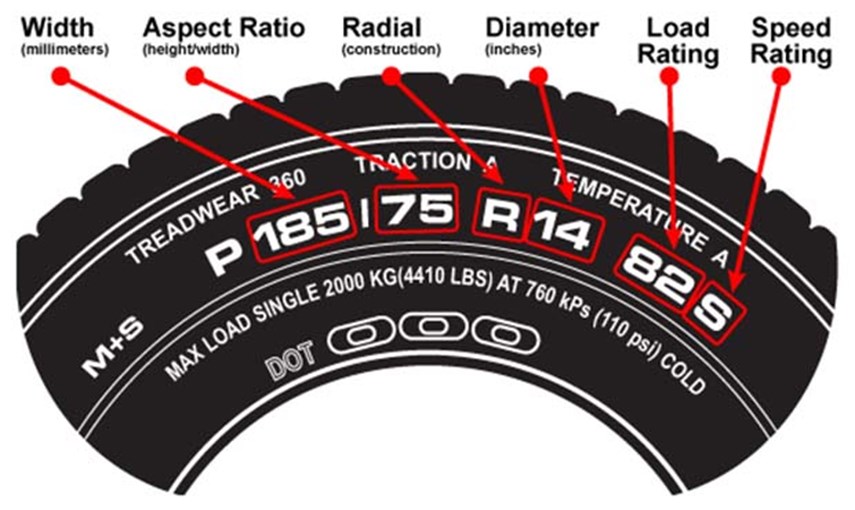 There are two common size types in this category, LT-Metric and Euro-Metric Commercial (aka C-type). Both size types are metric and so use the same structure as P-Metric and Euro-Metric but have some different characters in the size that differentiate them from their passenger car cousins. LT-Metric tires will have the letters “LT” before the size number sequence: LT245/75R17 119/116R Load Range E. Notice that there are two load index numbers and a Load Range, see the section on Load Index for more info. LT-Metric is a designation standardized by the Tire and Rim Association for a “light truck” type tire. Euro-Metric Commercial or C-Type tires will look very similar to a passenger Euro-Metric size except that there will be a “C” right after the rim size: 23/65R16C 121/119R. Notice that the C-type tires also have two load index numbers. Euro-Metric Commercial, or C-Type is a designation standardized by the European Tyre and Rim Technical Organization for a light truck type tire. Light truck tires are designed to be used on vehicles capable of carrying heavy cargo and are usually only specified by a vehicle manufacturer on vehicles exceeding a certain load capacity.
There are two common size types in this category, LT-Metric and Euro-Metric Commercial (aka C-type). Both size types are metric and so use the same structure as P-Metric and Euro-Metric but have some different characters in the size that differentiate them from their passenger car cousins. LT-Metric tires will have the letters “LT” before the size number sequence: LT245/75R17 119/116R Load Range E. Notice that there are two load index numbers and a Load Range, see the section on Load Index for more info. LT-Metric is a designation standardized by the Tire and Rim Association for a “light truck” type tire. Euro-Metric Commercial or C-Type tires will look very similar to a passenger Euro-Metric size except that there will be a “C” right after the rim size: 23/65R16C 121/119R. Notice that the C-type tires also have two load index numbers. Euro-Metric Commercial, or C-Type is a designation standardized by the European Tyre and Rim Technical Organization for a light truck type tire. Light truck tires are designed to be used on vehicles capable of carrying heavy cargo and are usually only specified by a vehicle manufacturer on vehicles exceeding a certain load capacity.
Other types of tires that fall into the Metric sizing type are Temporary Spares, they start with “T”. If you see a size that starts with “ST,” that means “special trailer” and is only for use on a trailer.
Regardless of whether you are looking at a P-Metric, Euro-Metric, LT-Metric, Euro-Metric Commercial, T or ST tire the numbers in the size mean the same thing.
The first number to appear in your tire size information is the width, in millimeters, of the correct tires for your vehicle: P225/70R16 91S.
Tire width always refers to the measurement from one sidewall to another. Thus, a tire with the measurement “P225” is for a passenger vehicle and has a nominal width of 225 millimeters.
After the slash mark, the next number you see is for the tire’s aspect ratio, which essentially tells you how tall your tire’s profile is: P225/70R16 91S. Aspect ratios are delivered in percentages. Tire makers calculate the aspect ratio by dividing a tire’s height off the rim by its width. If a tire has an aspect ratio of 70, it means the tire’s height is 70% of its width.
Aspect ratios are delivered in percentages. Tire makers calculate the aspect ratio by dividing a tire’s height off the rim by its width. If a tire has an aspect ratio of 70, it means the tire’s height is 70% of its width.
Lower aspect ratio tires, such as a 60 series, generally offer vehicle handling performance advantages over higher aspect ratio tires, such as a 75 series, but a typical trade off can be ride harshness.
After the aspect ratio comes a letter that indicates the type of internal construction maintaining your tire’s stability: P225/70R16 91S.
There are two types of construction that you may see on the sidewall of a tire:
Radial tires are the most common tires on the road in the United States today; thus “R” will usually be shown in the tire size designation. Radial construction means the tire’s internal ply cords are oriented in a radial direction, from one bead over to the other, essentially perpendicular to the direction of rotation.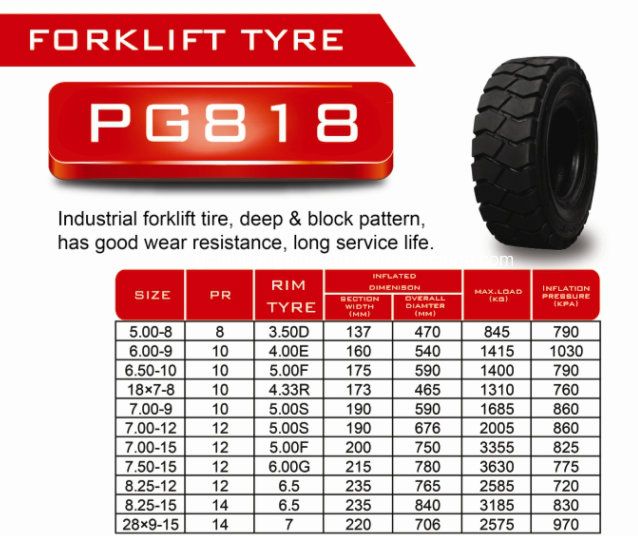 You may also occasionally see RF indicating a run flat tire or ZR indicating a tire that is a speed rating higher than V.
You may also occasionally see RF indicating a run flat tire or ZR indicating a tire that is a speed rating higher than V.
The next number is the diameter code, in inches, of the rim onto which the tire can be mounted. For example, a tire with the P225/70R16 91S would fit a rim with a 16-inch diameter.
Load index can be a confusing subject because there are so many different caveats, but we will try to explain everything here.
The next figure after the rim size in the sequence is your tire’s load index, which tells us how much weight, in pounds, the tire can support when fully inflated: P225/70R16 91S
We call it the load “index” because the number doesn’t tell us the precise number of pounds the tire can carry, at least not by itself. However, the number does correspond to a specific load capacity listed in an index. Beginning with 1 and ending with 150, numbers in the load index represent carrying capacities of 99 to 7385 lbs.
Beginning with 1 and ending with 150, numbers in the load index represent carrying capacities of 99 to 7385 lbs.
There are two types of load types for passenger tires though, Standard Load and Extra Load. If a tire is Standard Load there will be no markings indicating it but if it is Extra Load the letters XL will appear after the size and load index.
Standard Load Euro-Metric: 215/55R17 94V
Extra Load Euro-Metric: 215/55R17 98V XL
Passenger car tires like P-Metric and Euro-Metric will only have one load index number where LT-Metric and Euro-Metric Commercial (C-Type) will have two numbers separated by a slash. The first number is the load index if the tire is used in a single application, the second number is the load index if the tire is used in a dual application. Passenger type tires cannot be used in a dual application. Light truck tires will also have a Load Range that is indicated by a letter, such as Load Range E. Load Range is an older term that is still commonly used in the industry so you may hear your tire dealer reference it but the load index numbers are the best way to ensure you have the proper tire.
One important but often misunderstood facet about load index is that the load index numbers between standards organizations (P-Metric vs Euro-Metric) are not necessarily on the same scale. Meaning that two tires in the two different systems that have the same load index number could have different maximum load capacities. This is why it’s important to not only look at the load index number but also verify the actual load capacity.
The final figure in a tire size sequence is the speed rating, which is indicated by a letter: P225/70R16 91S. Just as your load index number corresponds to a specific load, your speed rating letter corresponds to a particular speed capability based on a standardized laboratory test.
For example, a tire with speed rating “S” is rated for up to 112 mph, while a tire rated “R” is up to 106 mph. Remember that this isn’t a recommended cruising speed. Of course, you should always follow legal speed limits on roadways.
Replacement tires must have the same or higher speed rating as the vehicle’s Original Equipment to maintain vehicle speed capability. If a vehicle has tires with different speed ratings, it is the speed rating of the “slowest” tire that dictates the vehicle top speed.
There is one last sizing type that you should know about, especially if you are in the market for off road tires for a light truck or SUV. It’s called a Flotation size and the numbers in this sizing format are very different from the Metric formats. Flotation sized tires are similar to LT-Metric tires in application except for a few important points. Number one, they cannot be used in dual applications and number two, an equivalent size tire may have different load capacity than its LT-Metric counterpart.
The first number in the Flotation tire size is the overall diameter in inches.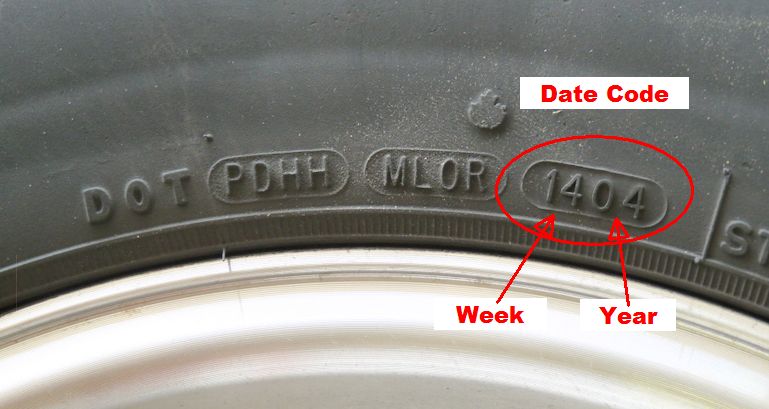 Pretty straight forward.
Pretty straight forward.
The second number is the section width (sidewall to sidewall) measurement in inches. Again, fairly simple.
After the section width comes a letter that indicates the type of internal construction: 33X12.50R17LT 120Q.
This is the same as is found in the metric sizing systems.
There are two types of construction that you may see on the sidewall of a tire:
Radial tires are the most common tires on the road in the United States today; thus “R” will usually be shown in the tire size designation. Radial construction means the tire’s internal ply cords are oriented in a radial direction, from one bead over to the other, essentially perpendicular to the direction of rotation.
The next number is the diameter code, in inches, of the rim onto which the tire can be mounted. For example, a tire with the 33X12.50R17LT 120Q would fit a rim with a 17-inch diameter.
For example, a tire with the 33X12.50R17LT 120Q would fit a rim with a 17-inch diameter.
The letters LT will be after the Rim Diameter indicating that this tire type is intended for Light Truck vehicles similar to the LT-Metric and Euro-Metric Commercial (C-Type) tires.
Load Index and Speed Rating have the same meaning and format as the tires using the metric sizing system. Note that since flotation tires cannot be used in a dual application there will be only one load index number instead of two.
Another group of stamping on certain types of tires is the Uniform Tire Quality Grading or UTQG. This grading and stamping is required for passenger car tires (i.e. P-metric and Euro-metric) in the all season and summer categories. Dedicated winter tires, Light Truck (LT-Metric, Euro-Metric Commercial, Flotation) and Motorcycle tires are excluded from this requirement.
Dedicated winter tires, Light Truck (LT-Metric, Euro-Metric Commercial, Flotation) and Motorcycle tires are excluded from this requirement.
Quality grading is designed to make the tire purchase decision easier for you. Ideally, the system is intended to provide simple, comparative data so you can make an intelligent buying decision. However, the ratings are based upon test results achieved under special conditions. This means it’s possible to misinterpret the comparative data as it relates to your individual driving habits, conditions, etc. You should still rely on your service or tire professional for assistance.
Quality grading designates the comparative performance levels of a tire based on government-specified tests but commissioned by the individual tire manufacturers. All tire manufacturers are required to grade regular and all-season passenger tires in three categories:
UTQG
Treadwear
The treadwear grade is a comparative rating based on the wear rate of the tire when tested under controlled conditions on a specified government test course for 6,000 miles (9,600 km). For example, a tire graded 150 would wear one and a half times as well on the government course as a tire graded 100. However actual tire performance depends on driving habits, road characteristics, service practices, and other factors that can influence the outcome.
For example, a tire graded 150 would wear one and a half times as well on the government course as a tire graded 100. However actual tire performance depends on driving habits, road characteristics, service practices, and other factors that can influence the outcome.
Traction Grades AA, A, B and C
The traction grades from highest to lowest are AA (the highest), A, B and C. They represent how well tires stop on wet pavement as measured under controlled conditions on specified government test surfaces of asphalt and concrete. C-rated tires will have the lowest traction performance.
WARNING: THE TRACTION GRADE ASSIGNED IS BASED ON A WET BRAKING (STRAIGHT AHEAD) TRACTION TEST AND DOES NOT INCLUDE CORNERING (TURNING) TRACTION.
Temperature Grades A, B and C
The temperature grades A, B, and C represent the tire's resistance to the generation of heat and its ability to dissipate heat when tested under controlled conditions on a specified indoor laboratory test wheel. Sustained high temperature can cause the tire’s material to degenerate and reduce tire life, and excessive temperature can lead to sudden tire failure. The grade C corresponds to a performance level all passenger car tires must meet under the Federal Motor Vehicle Safety Standard No. 109. Grades A and B represent higher levels of performance on the laboratory test wheel than the minimum required by law.
Sustained high temperature can cause the tire’s material to degenerate and reduce tire life, and excessive temperature can lead to sudden tire failure. The grade C corresponds to a performance level all passenger car tires must meet under the Federal Motor Vehicle Safety Standard No. 109. Grades A and B represent higher levels of performance on the laboratory test wheel than the minimum required by law.
WARNING: THE TEMPERATURE GRADE IS ESTABLISHED FOR A TIRE THAT IS PROPERLY INFLATED AND NOT OVERLOADED. EXCESSIVE SPEED, UNDER INFLATION, OR EXCESSIVE LOADING, EITHER SEPARATELY OR IN COMBINATION, CAN CAUSE HEAT BUILDUP AND POSSIBLE TIRE FAILURE.
DOT Quality Grades
All passenger car tires must conform to other federal requirements in addition to these grades.
Learn about our mission, our achievements, and our ongoing commitments
Read Our Origin Story
Do you want to choose a tire for your car, but do not understand tire markings well? It's not a problem! In this section, we will help you figure out what tire parameters are, what they mean, and which tire is right for your car.
195/65 R15 91 TXL
nine0002 195 is the tire width in mm.65 - Proportionality, i.e. profile height to width ratio. In our case, it is equal to 65%. Simply put, with the same width, the larger this indicator, the higher the tire will be and vice versa. Usually this value is simply called “profile”.
Since the tire profile is a relative value, it is important to take into account when choosing rubber that if you want to put tires with a size of 205/65 R15 instead of the size 195/65 R15, then not only the width of the tire will increase, but also the height! Which in most cases is unacceptable! (except when both of these sizes are indicated in the car's operating book). You can calculate the exact data on changing the outer dimensions of the wheel in a special tire calculator. nine0003
If this ratio is not specified (for example, 185/R14C), then it is equal to 80-82% and the tire is called full profile. Reinforced tires with this marking are usually used on minibuses and light trucks, where a large maximum wheel load is very important.
Reinforced tires with this marking are usually used on minibuses and light trucks, where a large maximum wheel load is very important.
R - means a tire with a radial cord (in fact, almost all tires are made this way now).
Many mistakenly believe that R- means the radius of the tire, but this is precisely the radial design of the tire. There is also a diagonal design (indicated by the letter D), but recently it has practically not been produced, since its performance is noticeably worse. nine0003
15 - wheel (rim) diameter in inches. (It is the diameter, not the radius! This is also a common mistake). This is the “landing” diameter of the tire on the disk, i.e. is the inside size of the tire or the outside of the rim.
91 - load index. This is the level of maximum permissible load on one wheel. For passenger cars, it is usually done with a margin and is not a decisive factor when choosing tires (in our case, IN - 91 - 670 kg.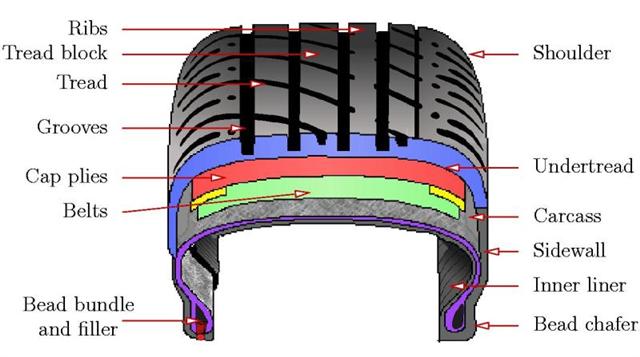 ). For minibuses and small trucks, this parameter is very important and must be observed. nine0003
). For minibuses and small trucks, this parameter is very important and must be observed. nine0003
T - tire speed index. The larger it is, the faster you can drive on this tire (in our case, IS - H - up to 210 km / h). Speaking about the tire speed index, I would like to note that with this parameter, the tire manufacturer guarantees the normal operation of rubber when the car is constantly moving at the specified speed for several hours.
There are two different markings for American tires. The first one is very similar to the European one, only the letters “P” (Passanger - for a passenger car) or “LT” (Light Truck - light truck) are placed before the size. For example: P 195/60 R 14 or LT 235/75 R15. And another tire marking, which is fundamentally different from the European one.
Example: 31x10.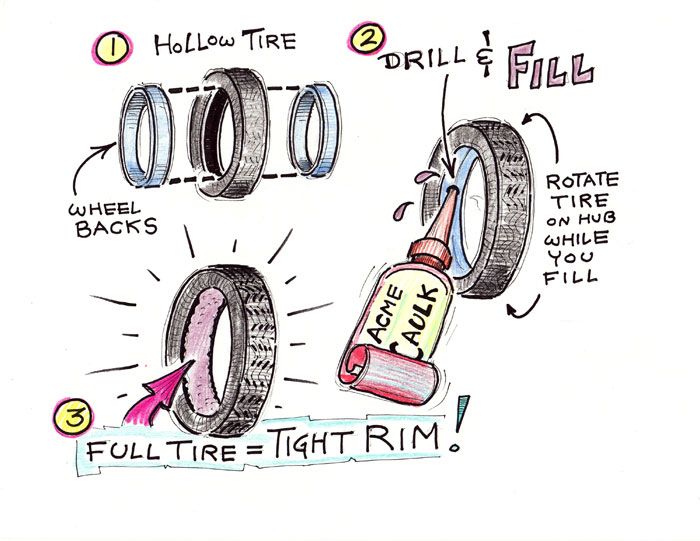 5 R15 (corresponding to European size 265/75 R15)
5 R15 (corresponding to European size 265/75 R15)
31 is the outside diameter of the tire in inches.
10.5 is tire width in inches.
R - a tire with a radial design (older tire models were with a diagonal design).
15 is the inner diameter of the tire in inches.
Generally speaking, except for inches that are unusual for us, the American tire marking is logical and more understandable, unlike the European one, where the height of the tire profile is not constant and depends on the width of the tire. And here everything is simple with decoding: the first digit of the standard size is the outer diameter, the second is the width, the third is the inner diameter. nine0003
XL or Extra Load is a reinforced tire, the load index of which is 3 units higher than that of conventional tires of the same size.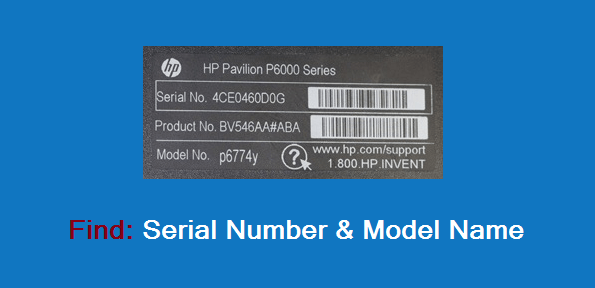 In other words, if a given tire has a load index of 91 marked XL or Extra Load, then this means that with this index, the tire is able to withstand a maximum load of 670 kg instead of 615 kg (see the table of tire load indices).
In other words, if a given tire has a load index of 91 marked XL or Extra Load, then this means that with this index, the tire is able to withstand a maximum load of 670 kg instead of 615 kg (see the table of tire load indices).
All Season or AS all season tires. Aw (Any Weather) - Any weather. nine0003
Pictogram * (snowflake) — rubber is designed for use in harsh winter conditions. If this marking is not on the sidewall of the tire, then this tire is intended for use only in summer conditions.
Aquatred, Aquacontact, Rain, Water, Aqua or pictogram (umbrella) - special rain tyres.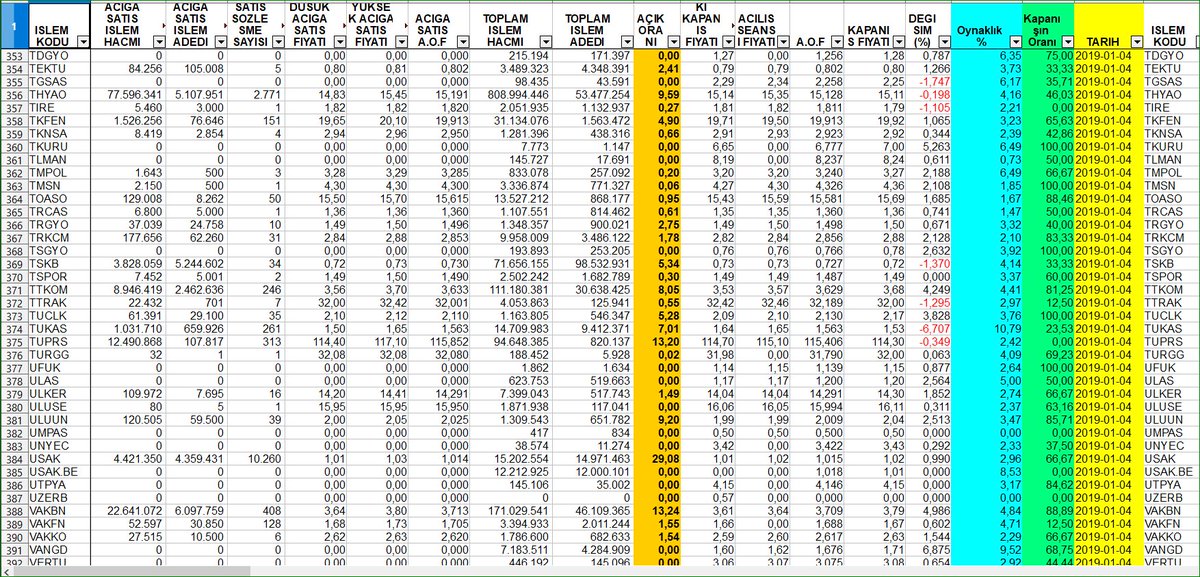
Outside and Inside ; asymmetrical tires, i.e. It is important not to confuse which side is the outside and which is the inside. When installing, the Outside inscription must be on the outside of the car, and Inside on the inside. nine0003
RSC (RunFlat System Component) - RunFlat tires are tires on which you can continue to drive a car at a speed of no more than 80 km / h with a FULL drop in pressure in the tire (due to a puncture or cut). On these tires, depending on the manufacturer's recommendations, you can drive from 50 to 150 km. Different tire manufacturers use different designations for RSC technology. For example: Bridgestone RFT, Continental SSR, Goodyear RunOnFlat, Nokian Run Flat, Michelin ZP etc.
Rotation or arrow This marking on the tire sidewall indicates a directional tire. When installing the tire, you must strictly observe the direction of rotation of the wheel, indicated by the arrow.
Tubeless - tubeless tire. In the absence of this inscription, the tire can only be used with a camera. Tube Type - indicates that this tire must be used only with a tube.
Max Pressure ; maximum allowable tire pressure. Max Load - the maximum allowable load on each wheel of the car, in kg. nine0003
Reinforced or the letters RF in the size (for example 195/70 R15RF) means that this is a reinforced tire (6 layers). The letter C at the end of the size (for example 195/70 R15C) indicates a truck tire (8 layers).
Radial this marking on the rubber in the standard size means that this is a radial construction tire. Steel means that there is a metal cord in the tire structure.
Letter E (in a circle) - the tire meets the European requirements of ECE (Economic Commission for Europe). DOT (Department of Transportation - US Department of Transportation) is an American quality standard. nine0003
nine0003
Temperature A, B, or C Temperature resistance of the tire at high speeds on the test bench (A is best).
Traction A, B, or C Tire wet braking capability.
Treadwear ; relative expected mileage compared to a specific US standard test.
TWI (Tread Wear Indiration) - tire tread wear indicators. The marking on the TWI wheel can also be with an arrow. Pointers are located evenly in eight or six places around the entire circumference of the tire and show the minimum allowable tread depth. The wear indicator is made in the form of a protrusion with a height of 1.6 mm (the minimum tread value for light vehicles) and is located in the tread recess (usually in the drainage grooves). nine0003
DOT - Manufacturer's coded address, tire size code, certificate, issue date (week/year).
Find tires / tire catalog For many motorists, the tire parameters indicated on the sidewalls are akin to the Stirlitz code in the Center - nothing is clear.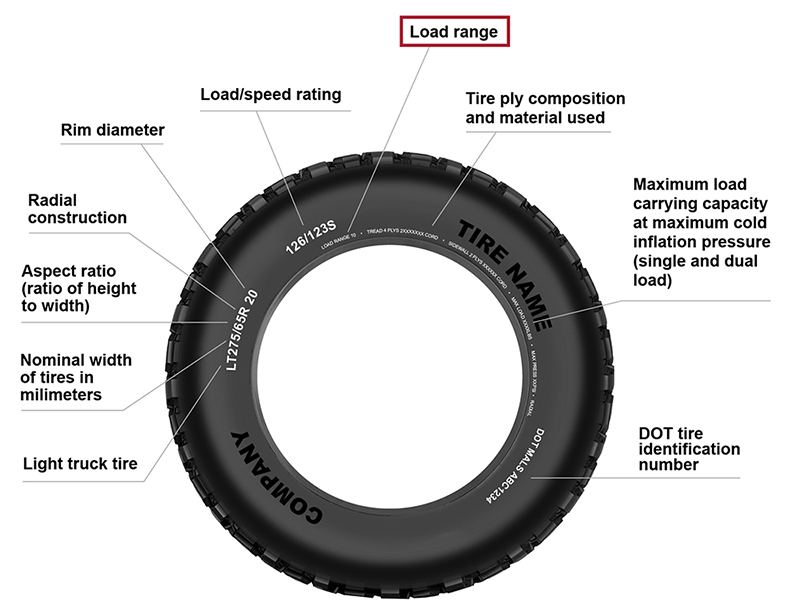 But for the correct selection of wheels, you need to be able to read these designations and understand their meaning. Tire manufacturers' catalogs and online selections make life easier, but they are not without errors and do not contain all the information. To understand the automotive "shoes" and choose tires yourself, you will have to decipher their markings. Our cheat sheet is here to help. nine0003
But for the correct selection of wheels, you need to be able to read these designations and understand their meaning. Tire manufacturers' catalogs and online selections make life easier, but they are not without errors and do not contain all the information. To understand the automotive "shoes" and choose tires yourself, you will have to decipher their markings. Our cheat sheet is here to help. nine0003
Tire size code
As with choosing your own boots, the first step in choosing your tires is size. But if we know the exact size of the foot, then there may be several tire sizes recommended by the manufacturer. You can find them in the car manual or on the tire pressure sticker on the door pillar, in the Tire Size column. nine0003
nine0003
The format XXX / YY RZZ, familiar to most drivers and the most common in the world (where XXX is the tire width, YY is the profile height, ZZ is the rim diameter) is called European or metric , although it is only partly so. Let's analyze the metric format using the example of the dimension 185/65 R15 .
185 - The first digit of the dimension is the width of the tire in millimeters.
65 - the second digit indicates tire profile height as a percentage of the width. In our example, 65% of 185mm is 120mm. The profile height in percent is another surprise for novice motorists: after buying non-standard tires, you can suddenly find out that the dimension 195/65 R15 is not only wider than the standard 185/65 R15, but also higher. After all, 65% of 195 mm is no longer 120 mm, but almost 127! Although formally the profile of both tires is the same, the 65th.
If the profile height is 80–82% of the width, then often it is not indicated in the dimension, marking the tire in the format XXX RZZ, without a fraction (for example, 185 R15). These tires are called full profile . Usually they are used on light trucks and vans when driving on bad roads at low speeds. Learn more about the effect of profile height on handling.
Diagonal full profile stowage T 135/80 D17.
R - the letter familiar to drivers in the dimension of the wheel does not mean the radius, as many people think, but the radial (Radial) tire carcass design. Such wheels are now the majority, but there are also tires of a diagonal (Diagonal) design - for low-speed special equipment and heavy trucks. Often, spare wheels-stowaways of passenger cars are diagonal. Bias tires are marked with the letter D instead of R (for example, 135/80 D17) - you can’t drive fast on such tires. nine0003
15 - the last digit in the dimension indicates the bore diameter of the tire in inches (yes, inches in metric format).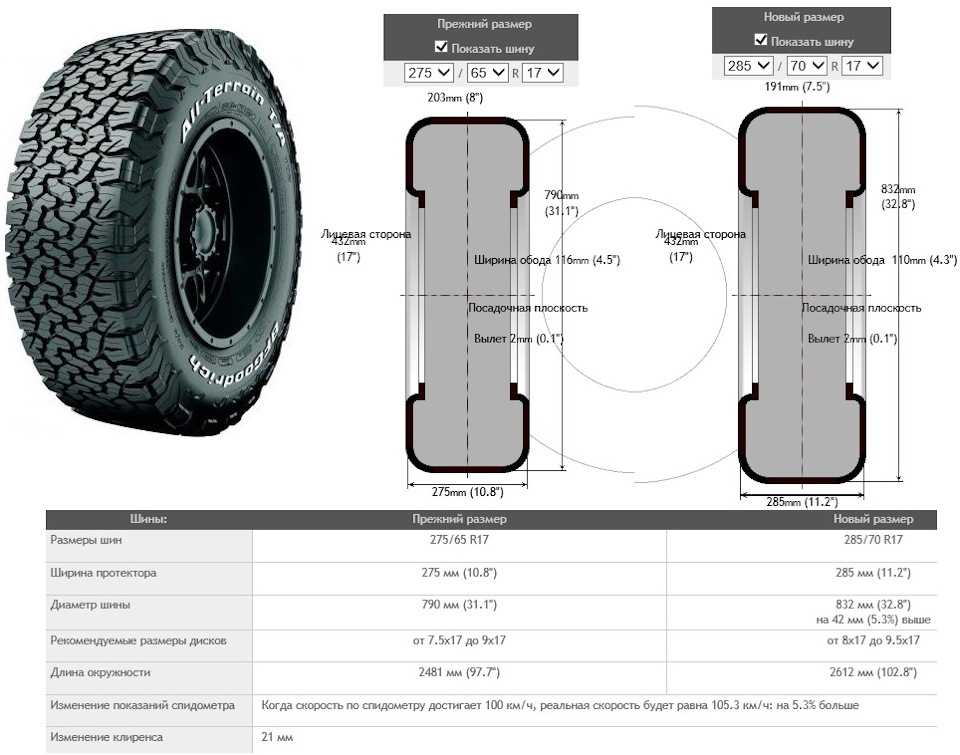 Of course, it must correspond to the diameter of the disk on which the tire is installed: putting R15 tires on the 16th “casting” will not work.
Of course, it must correspond to the diameter of the disk on which the tire is installed: putting R15 tires on the 16th “casting” will not work.
Inch tire size
There is another, less common size standard - the American or inch format is found on tires for SUVs. It looks like XX×YY RZZ, where XX is the full diameter of the tire, YY is the width of the tire, and ZZ is the diameter of the rim (all in inches). nine0003
The American format is simpler and more logical than the European one, although it is unusual for us. There are no percentages in it and the height (full diameter) of the entire wheel is immediately visible, while in the European format it must be calculated separately. For example, a 31×10.50 R15 tire is 31 inches high, 10.5 inches wide, and has a 15″ bore. For comparison, to find out the height of a tire in European dimension format, you first need to calculate the profile (taking a percentage of the width), multiply by two and add the diameter of the wheel, remembering to convert it from inches to millimeters.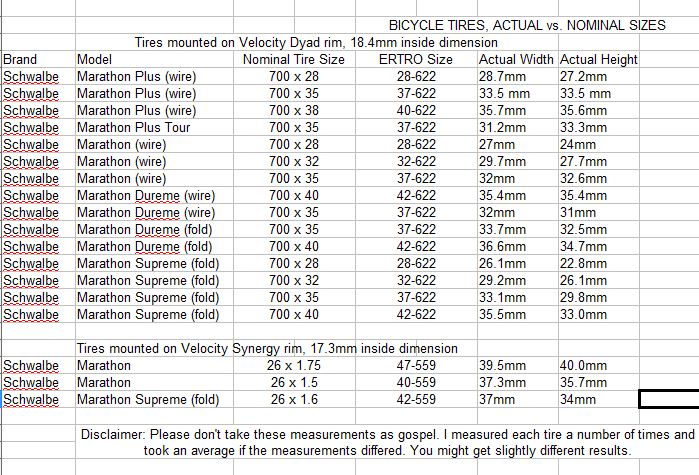 It is impossible to do all this in the mind. nine0003
It is impossible to do all this in the mind. nine0003
35×12.50 R18 LT off-road tire.
To convert dimensions from one format to another, a tire calculator is usually used. There are dozens of them on the Internet, but some contain errors. Before using the tire calculator, it is better to recalculate a couple of dimensions manually and compare the results. For reference: 1 inch is 25.4 millimeters.
Tire codes
In addition to the numbers, in the tire dimension you can find not only the familiar letter R, but also other symbols, which, as a rule, speak about the purpose of the tire. In the table, we have collected the most common options for additional letter designations for car tires. nine0003
| Tire codes | |||||
|---|---|---|---|---|---|
| Symbol | Examples | Description | Symbol | Examples | Description |
| LT | nine0002 185/65 R15 LT LT 185/65 R15 | Light Truck, tire for light trucks and SUVs. | T | T 185/65 D15 | Temporary, temporary spare tire. |
| P | P 185/65 R15 | Passenger, passenger car tyre. | XL | 185/65 R15XL | Extra Load, reinforced tire with increased load capacity. |
| C | 185/65 R15 C | Commercial or Cargo, truck and van tire. | RF | 185/65 R15 RF | Reinforced, reinforced tire with extra plies. nine0003 |
| ST | ST 185/65 R15 | Special Trailer, tire for trailers and trailers. | ZR | 185/65 ZR15 | High speed tire for speeds over 240 km/h. |
Load and speed indices
Following the dimension on the sidewall of the tire, the permissible load and speed are indicated - of course, also in the form of "encryption", and not specific values. The load (carrying capacity) of the tire is indicated by a numerical index, and the speed is indicated by an alphabetic index. You can translate them into understandable indicators using special tables. nine0003
Ultimate load and speed are important parameters that affect both the safety and durability of rubber. Automakers prescribe the installation of certain tires based on the mass of the car, and the indices may be different depending on the dimension. Never set tires with a load capacity or speed below the recommended values!
| Tire load indices | |||||||
| Index nine0251 | Load | Index | Load | Index | Load | Index | Load |
| 63 | 272 kg | 80 | 450 kg | 97 | 730 kg | nine0002 114 | 1180 kg |
| 64 | 280 kg | 81 | 462 kg | 98 | 750 kg | 115 | 1215 kg |
| 65 | 290 kg | 82 | 475 kg nine0251 | 99 | 775 kg | 116 | 1250 kg |
| 66 | 300 kg | 83 | 487 kg | 100 | 800 kg | 117 | 1285 kg |
| 67 | nine0002 307 kg | 84 | 500 kg | 101 | 825 kg | 118 | 1320 kg |
| 68 | 315 kg | 85 | 515 kg | 102 | 850 kg | 119 | nine0246 |
| 69 | 325 kg | 86 | 530 kg | 103 | 875 kg | 120 | 1400 kg |
| 70 | 335 kg | 87 | 545 kg | 104 | 900 kg | 121 | 1450 kg |
| 71 | 345 kg | 88 | 560 kg | 105 | 925 kg | 122 | 1500 kg |
| 72 | 355 kg | nine0246 580 kg | 106 | 950 kg | 123 | 1550 kg | |
| 73 | 365 kg | 90 | 600 kg | 107 | 975 kg | 124 | 1600 kg nine0251 |
| 74 | 375 kg | 91 | 615 kg | 108 | 1000 kg | 125 | 1650 kg |
| 75 | 387 kg | 92 | 630 kg | 109 | nine0002 1030 kg | 126 | 1700 kg |
| 76 | 400 kg | 93 | 650 kg | 110 | 1060 kg | 127 | 1750 kg |
| 77 | 412 kg | 94 | 670 kg | 111 | 1090 kg | 128 | 1800 kg |
| 78 | 425 kg | 95 | 690 kg | 112 | 1120 kg | 129 | 1850 kg |
| 79 | 437 kg | 96 | 710 kg | 113 | 1150 kg | 130 | 1900 kg |
| Subcompacts, cars | Crossovers, SUVs | ||||||
| Tire speed indices | ||||||||||||
| Index | M | N | P | Q | R | S | T | U | H | V | W | Y |
| Speed, km/h | 130 | 140 | 150 | 160 | 170 | 180 | 190 | 200 | 210 | 240 | 270 | 300 |
The load and speed indices can indirectly judge the strength of the tire, because high loads require a reinforced carcass and a harder rubber compound.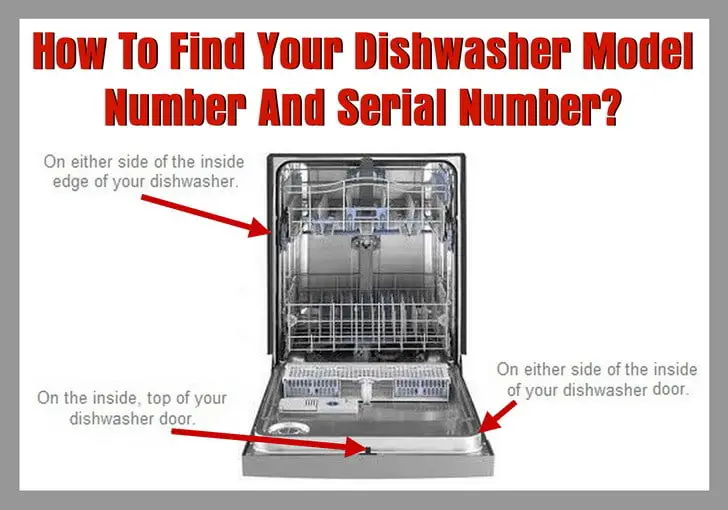
A reasonable question arises: is it worth putting tires with a higher maximum load or speed than the manufacturer recommends - so to speak, with a margin? For what purpose. If you often drive on bad roads, then tires with a high load index have a better chance of surviving the daily battle with pits than stock tires. But better handling or more efficient braking due to a high speed index cannot be achieved - they are not connected in any way. But the comfort and smoothness of the ride on stiffer high-speed tires will suffer significantly. If you drive around the city in civilian modes, then there is no point in buying high-speed tires with a truck load capacity - just stick to the recommended values. nine0003
Tire release date
As with most products, car tires are marked with the release date. Motorists often forget this when choosing wheels, although the age of the rubber is one of the key factors. Over the years, rubber dries out, losing elasticity, and outwardly this may not manifest itself in any way. After only 5 years of storage in a warehouse, a tire that has not even been ridden no longer fully corresponds to the parameters declared once. Therefore, the date of manufacture of the tire should be looked first of all - the fresher, the better. nine0003
After only 5 years of storage in a warehouse, a tire that has not even been ridden no longer fully corresponds to the parameters declared once. Therefore, the date of manufacture of the tire should be looked first of all - the fresher, the better. nine0003
The date of manufacture is printed on the sidewall of the tire in a separate oval box. Until 2000, a three-character code was used, but now these "walking dead" are no longer to be found. Since 2000, manufacturers have been marking tires with a four-digit code. The first two digits are the week of manufacture, the last two are the year. For example, a tire marked 1411 was produced in week 14 (i.e. April) of 2011 and is no longer worth driving today.
Tread wear indicators
All tires have TWI (Tread Wear Indicator) wear indicators - special jumpers in the tread grooves. To facilitate their search, symbols are applied to the sidewall of the tire indicating the location of the indicators: small triangles or arrows, sometimes with the inscription TWI, sometimes without.
Keep in mind that the TWI indicator shows critical tread wear, not "50% wear" as used tire salesmen like to say. Once the rubber has worn down to the indicator, it's time to buy new tires. On winter tires, the indicators are located higher than on summer tires, since their allowable wear is noticeably less. nine0003
Run Flat Tires
Some tires have additional features, such as Run Flat technology, which allows you to run on flat tires. Reinforced sidewalls prevent the disc from damaging the tire: you can drive 100 km on the “rims” – it’s enough for a tire fitting. For many modern cars that do not have a spare tire, Run Flat tires are standard equipment.
The designation of Run Flat tires varies from manufacturer to manufacturer. Some brands label their tires RFT (Run Flat Tires), others ROF (Run On Flat), others just RF. More to come: RSC, ZP, ZPS, DSST, SSR, HRS, XRP, TRF, PAX, MOE, AOE are all run flat tire options. "Please, slow down, I'm recording!" By the way, there is an international symbol Run Flat, similar to a crawling snail, but almost none of the manufacturers use it. nine0003
nine0003
Tire mounting symbols
But not everything with tires is so complicated and confusing. For example, rubber with a directional or asymmetric tread pattern must have symbols for proper installation. This is a service label for tire shop employees - people who work with tires on a daily basis. And here it is generally accepted and intuitive!
A directional tire, in addition to the tread pattern directed forward, is issued by the inscription Rotation (rotation) on the sidewall and an arrow pointer. It indicates in which direction the wheel should rotate when the car moves forward. And on tires with an asymmetric tread there are inscriptions Outside (outer side) and Inside (inner side) - this is how you need to put rubber on the disc. As you can see, it's hard to go wrong.
However, nothing is impossible for roadside tire shops, and incorrectly fitted tires are sometimes found. A counter-rotating wheel loses efficiency and introduces an imbalance in the behavior of the machine.